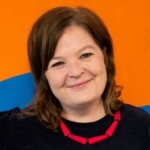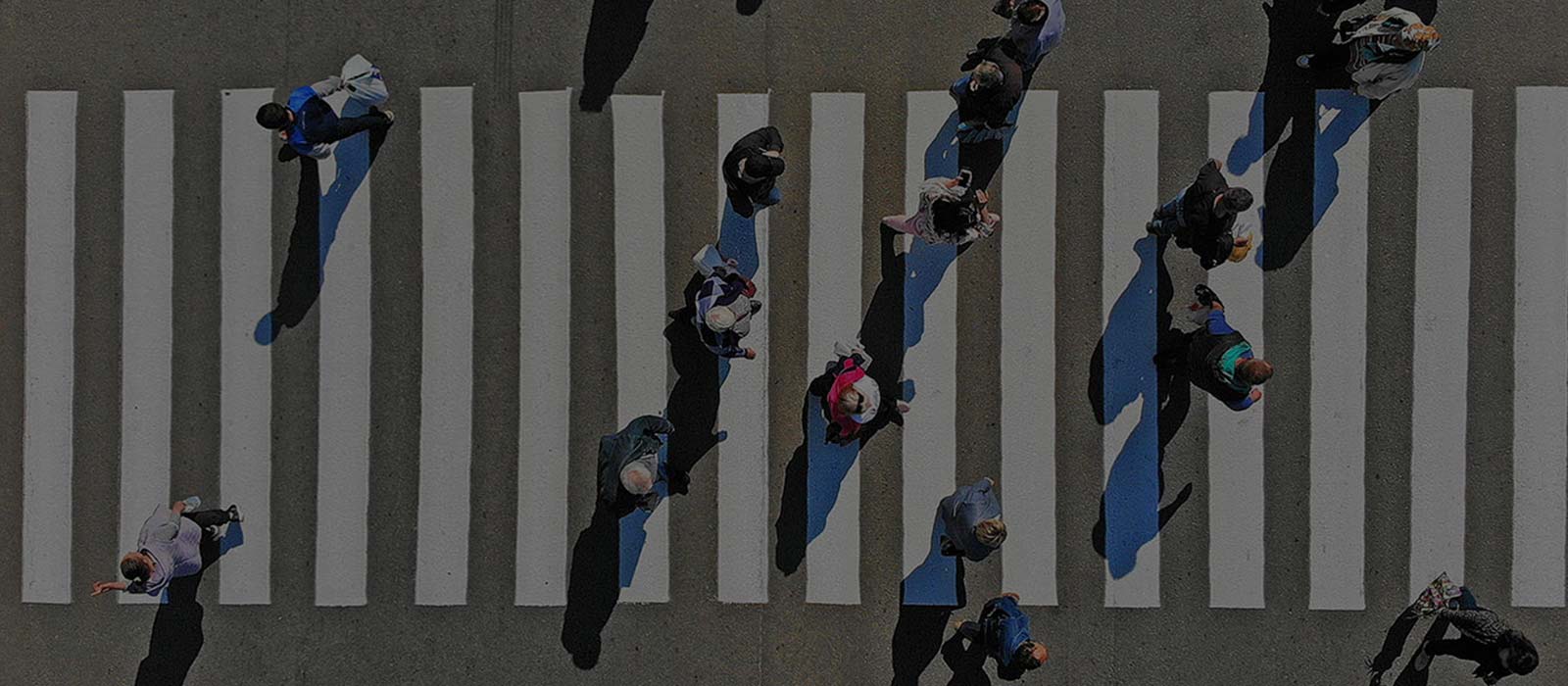One day in 1968, a man called Spencer Silver did something that made his company a lot of money.
Faced with disappointingly not-sticky glue, he spotted an unexpected route ahead. Sticky paper that could be repositioned without damaging surfaces. Ta-da! He’d invented Post-it notes.
It’s a fable for modern marketers seeking to build brands because, just like the un-sticky glue, available media placements don’t seem up to the task. A TV ad doesn’t get the reach it used to, and what you get instead struggles to get a paltry 3 seconds worth of attention.
But there is hope if you come at it from a different angle.
Afterall, the modern media stack is not just complexity and fragmentation, it’s also options and variety. And, importantly, it’s numerous ways of communicating that have been shown to work well together.
That means there is now a new route to brand building that works. It’s where marketers make something big out of all the small exposures they can deliver to potential customers.
The whole is more than the sum of the fragmented parts
It’s not news that different media channels work well together, that there’s synergy.
Study after reputable study confirms it. Spending the same amount of money across more media channels boosts the returns you get in revenue and brand strength.
The chart below plots the size of these effects as you go from using one channel to five. Econometrics reports a huge 35-65% more ROI. And, according to Kantar, you can more than double the effect on your brand.




